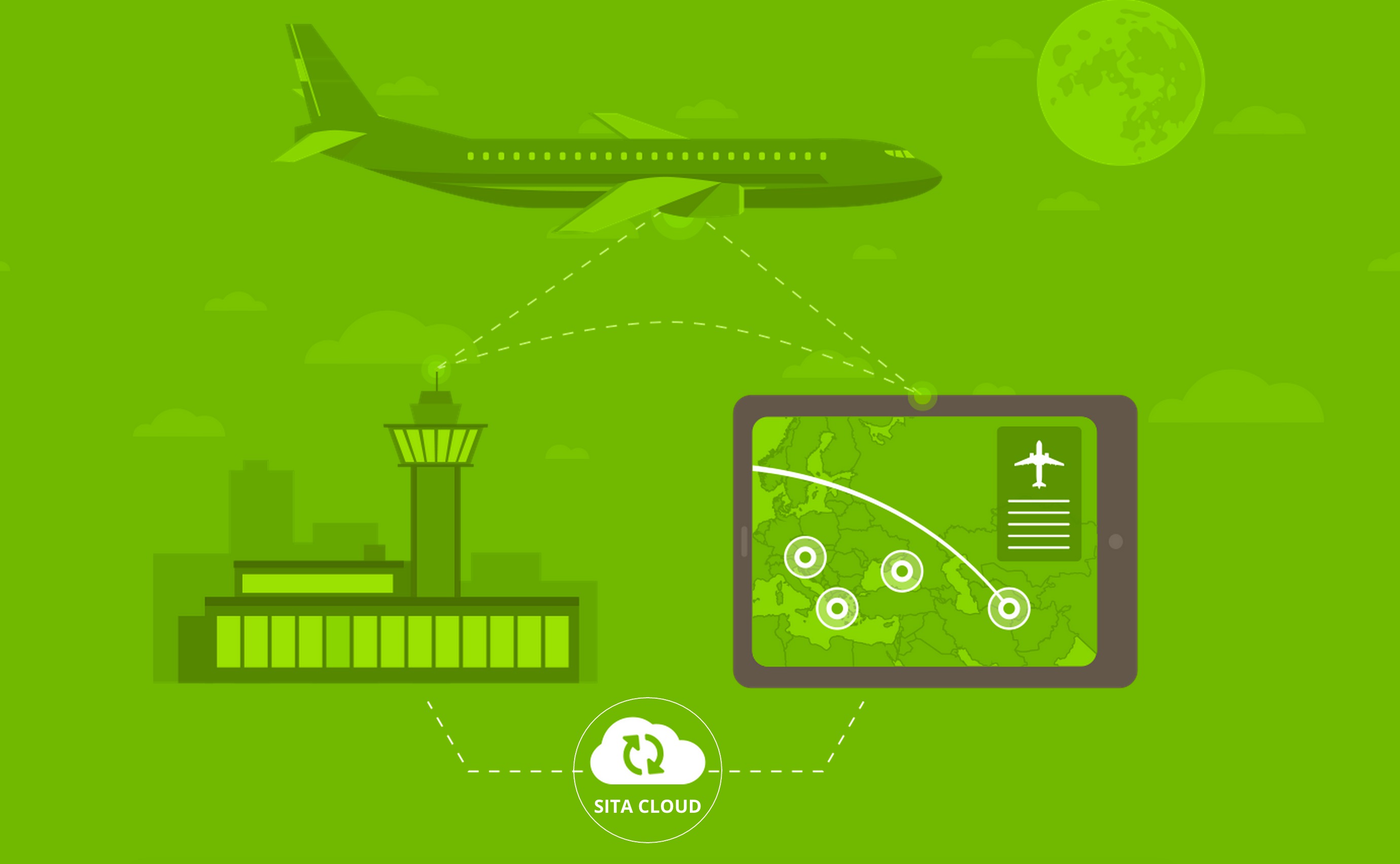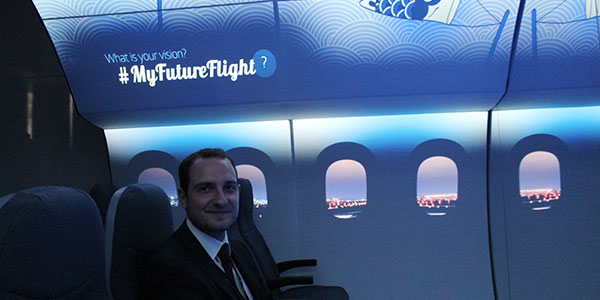Aircraft Interiors Expo (or AIX as it is popularly known) is one of the world’s biggest exhibitions on aircraft interiors, held at Hamburg Messe, Germany. This year’s event was held for three days between the 14 and 16 of April, featuring industry innovations for cabin interior design, seating, in-flight entertainment products, connectivity systems, galley equipment and lighting among other things.
Given our focus on engaging and marketing to the Connected Traveller, here’s a roundup of the best Connected Passenger Experience innovations to look out for.
In-Flight Entertainment (IFE)
Given that passengers today are always connected on the go and carrying multiple devices (view presentation), there are major implications on the IFE industry. Hence, the IFE segment by its own carries a lot of expectations of significant improvements, almost equaling home theatre effects in some cases. The key advancements for us included a streaming IFE system making its debut and a low-cost IFE system which has made many LCCs & Hybrids take notice.
1) IntelliCabin IFE – BAE Systems’ wireless IFE solution will make its debut on the Indian full service carrier, Vistara (we were one of the first to reveal Vistara’s IFE plans), on its A320 fleet. Although the system supports live TV & In-flight Wi-Fi, the initial rollout will only have wireless streaming of content on passengers PEDs in economy and Samsung tablets handed out to Business class passengers. The IFE system is one among the suite of IntelliCabin products, through which BAE Systems aims to provide cabin management through in-seat power, LED lighting & crew interface. This is the ideal companion for the connected traveller of the future.
2) Lumexis iPAX – Embedded IFE and ultra-low-cost (ULCC) are words that seldom go together. But when you enable the system for sale of food, duty-free items, premium entertainment and even in-seat power on board, ULCCs take notice. Combine that with paid advertising and a credit card reader, and Lumexis hopes this lightweight, easy-to-install package will make ultra low cost airlines salivate. The fact that 45% of single-aisle aircraft get off production lines without an IFE option, and that the iPAX starts at $1495(+) per seat, we may see a lot of these 6-inch plastic OLED screens soon.
SimpliFlying Take: In a landscape where passengers are addicted to their smart devices for constant information and entertainment, airlines are running out of reasons to not provide IFE in innovative ways, such as through streaming in-flight entertainment systems. New technologies will press airlines — even LCCs — to seriously consider that not having an on-board entertainment system is not an option. It’s their best chance of staying connected with their passengers throughout the journey.
Connectivity and Passenger Systems
Another segment which saw much activity at AIX 2015. Big names like Honeywell, Inmarsat and GEE unveiled their KU band antennas, but what caught our attention were a payment and an advanced aircraft tracking technology.
1) Contactless Retail Systems and NFC – IFPL’s system has an e-ink screen for their payment portal, which makes the proposition especially appealing for airlines without IFE or connectivity. Products can be viewed and entered into the device, followed by payment through NFC. Considering the arrival of “Transaction liability shift” in US from October, this can be a worthy low-cost solution for airlines.
[vimeo width=”640″ height=”360″]https://vimeo.com/123824124[/vimeo]
2) SITA OnAir AIRCOM Flight Tracker – This is an aircraft tracking solution leveraging three systems already on the aircraft: a) ACARS, b) ADS-B and c) ATC data.
The system only warrants a software upgrade to an airline server, and does not involve any hardware upgrades to the aircraft, making it an economical service, which can be adopted within a short period. Malaysia Airlines will be the first to implement global flight tracking, with the service beginning on its entire fleet this summer.

SimpliFlying Take: Innovative payment systems will be key in the years to come — especially with the launch of Apple Pay and Apple Watch — if airlines wish to continue reaping dividends from the sale of ancillaries. For the Connected Passenger, convenience is key.
Moreover, flight-tracking systems will be crucial at three fronts — first, for airlines who wish to manage their operations better and handle crises; for passengers too, the addition of such technology will be a welcome addition as a “soft” security measure after the year gone past; finally, for handling crises on social media, real-time data will be crucial to project accurate information speedily, subduing unnecessary rumours and mis-information.
Special Mention: Although Boeing’s Space Bins took most of the limelight, we were fascinated by an aircraft interior concept mock-up featuring digital walls with branding and imagery. The possibilities with a project like this are endless, for airlines, brands and passenger experiences.

